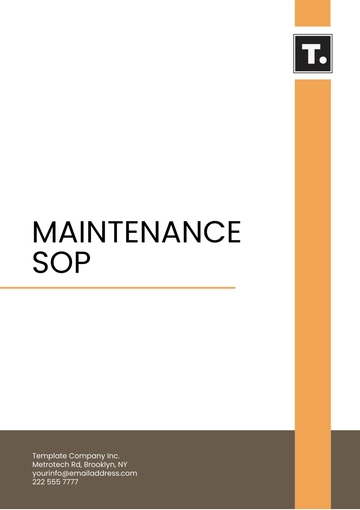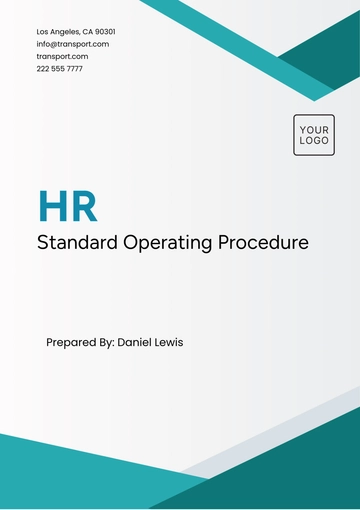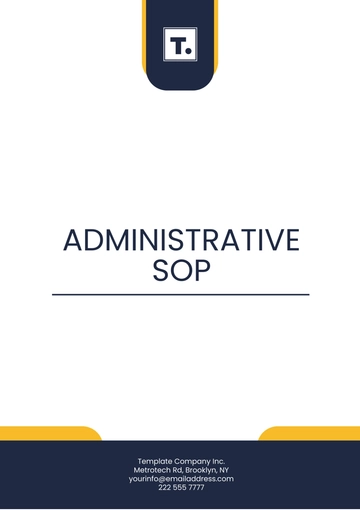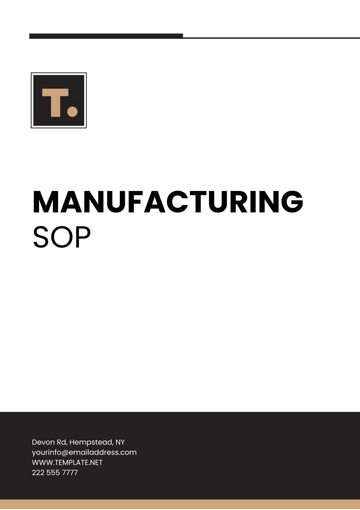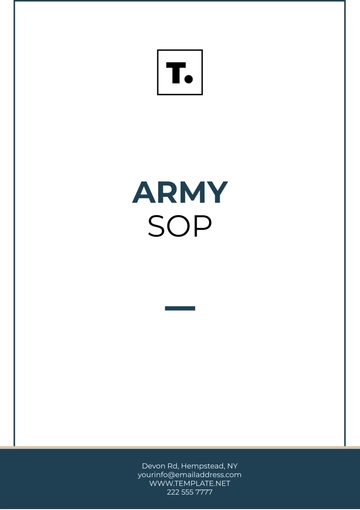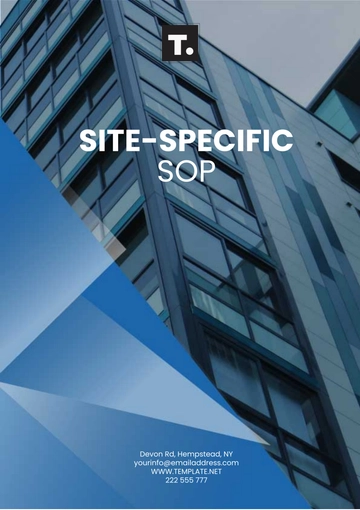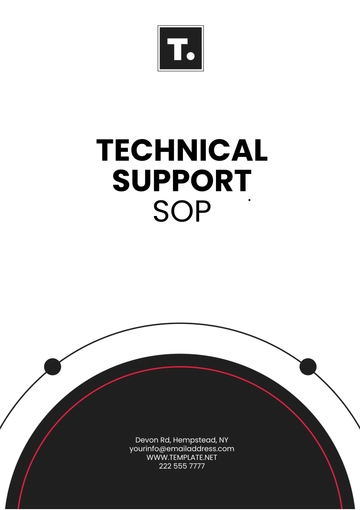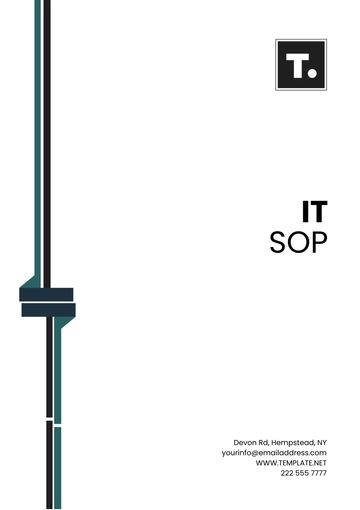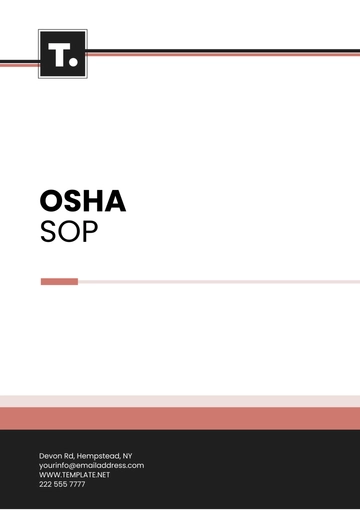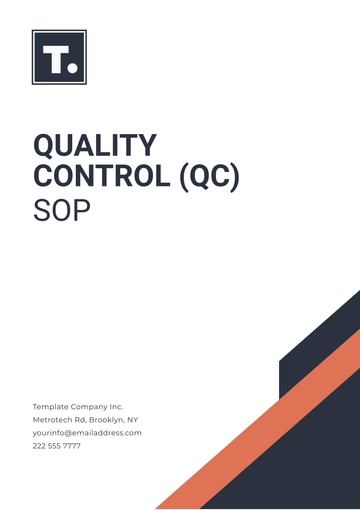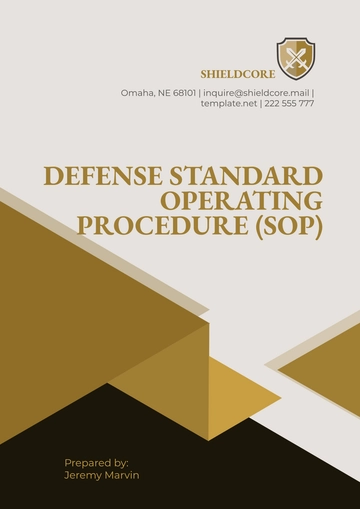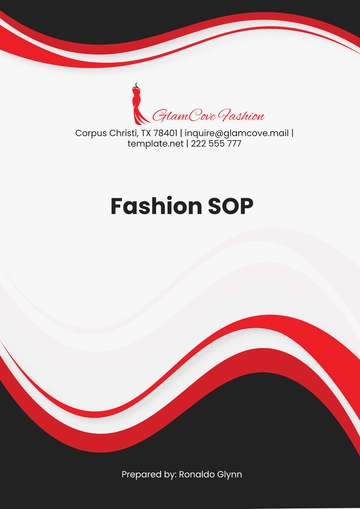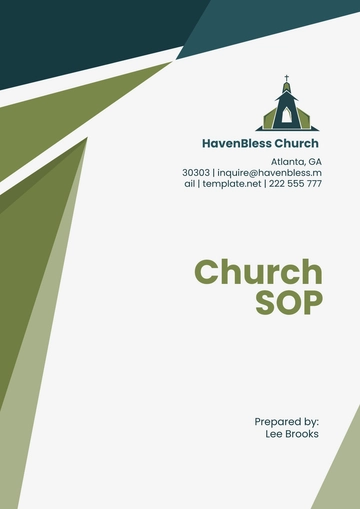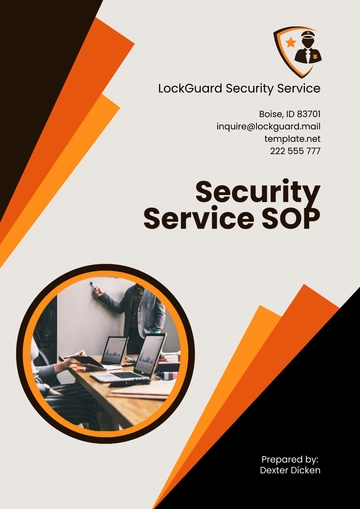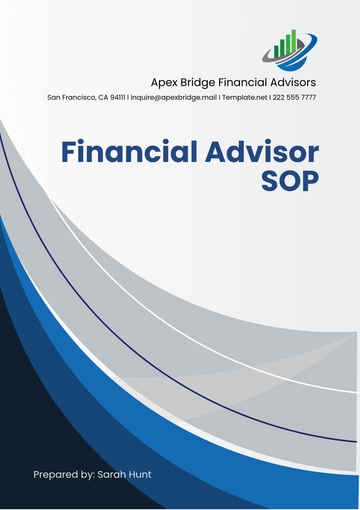Free Equipment SOP
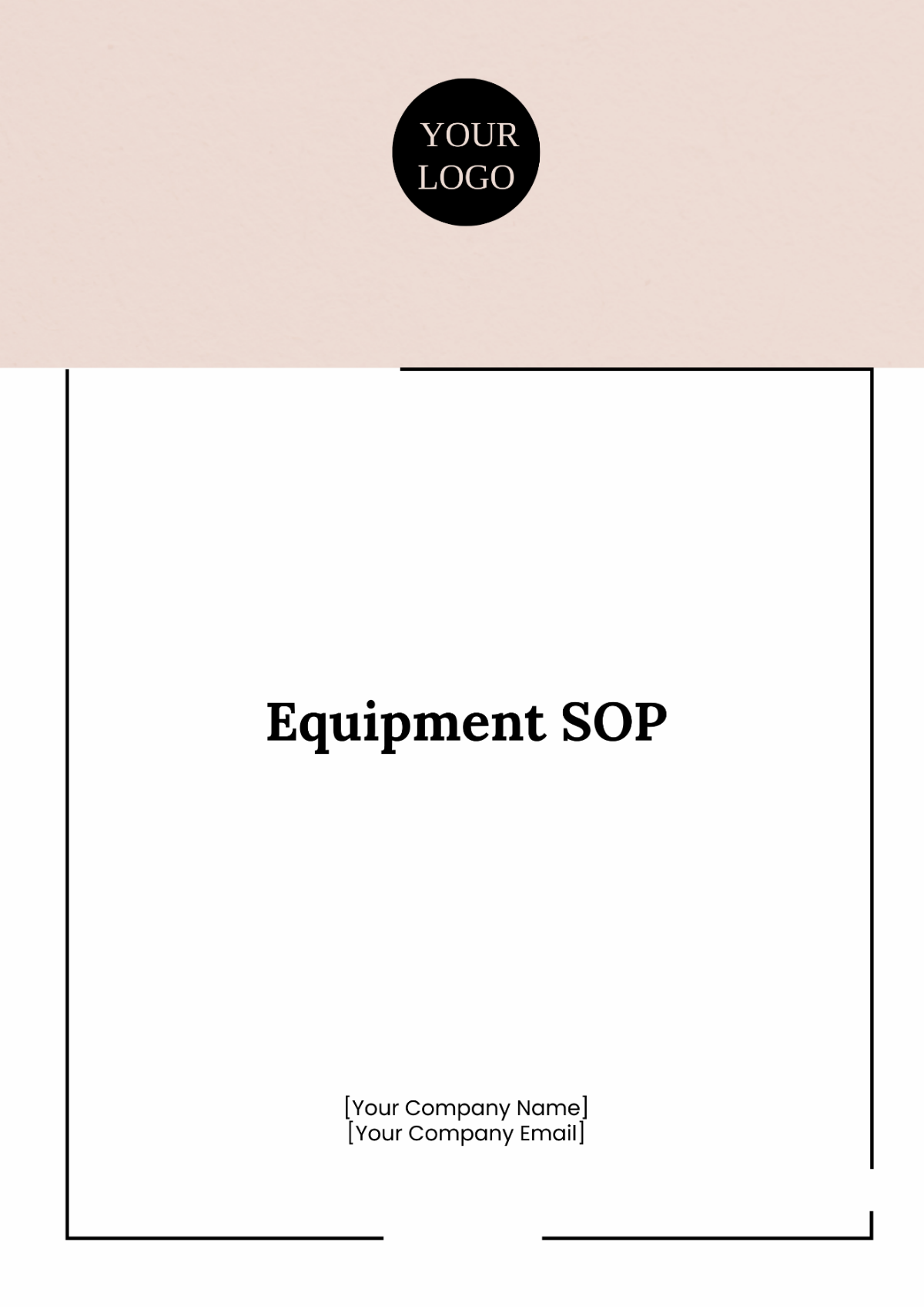
Purpose/Objective
This Standard Operating Procedure (SOP) aims to establish guidelines and procedures for equipment operators to ensure the safe and efficient use of [Equipment Name] following established protocols. This SOP seeks to minimize the risk of accidents, ensure equipment longevity, and maintain operational efficiency.
Scope
This SOP applies to all personnel designated as equipment operators responsible for using [Equipment Name] within [Your Company Name].
Responsibilities
Equipment Operators: Responsible for following the procedures outlined in this SOP, conducting pre-operational checks, and adhering to safety protocols during equipment operation.
Equipment Manager/Supervisor: Responsible for ensuring all operators are trained following this SOP, conducting periodic equipment inspections, and addressing any deviations from established procedures.
Definitions/Terminology
Equipment Operator: An individual trained and authorized to operate [Equipment Name].
Pre-operational Checks: Routine inspections are conducted before equipment operation to ensure proper functioning and safety compliance.
Materials/Equipment
[Equipment Name]: The primary equipment for [specific task or operation].
Fuel: [Specify the type and quantity required for each operation or shift].
Lubricants: [Specify the type and quantity of lubricants needed for maintenance and operation].
Personal Protective Equipment (PPE):
Hard hat: To protect against head injuries.
Safety goggles: To protect against eye injuries from debris or chemicals.
Gloves: To protect hands from cuts, abrasions, or chemical exposure.
High-visibility vest: To increase visibility and safety, especially in high-traffic areas.
Maintenance Tools:
Wrenches: Various sizes for tightening or loosening bolts and nuts.
Grease gun: For lubricating moving parts.
Inspection mirror: For inspecting hard-to-reach areas.
Flashlight: For illuminating dark areas during inspections or maintenance tasks.
First aid kit: To provide immediate medical attention in case of minor injuries.
Procedures/Methods
Pre-Operational Checks:
Inspect [Equipment Name] for any visible damage or defects.
Check fluid levels, including fuel, oil, and hydraulic fluids, and refill as necessary.
Test safety features, such as emergency stop buttons and alarms, to ensure proper functioning.
Verify that all guards and shields are in place and secure.
Equipment Start-Up:
Follow the manufacturer's instructions for starting [Equipment Name].
Allow the equipment to warm up for the specified duration before operation.
Monitor gauges and indicators for any abnormalities during start-up.
Operational Procedures:
Operate [Equipment Name] within the designated parameters outlined in the operator's manual.
Follow established routes or procedures for equipment operation, if applicable.
Communicate with other personnel or equipment operators as needed to ensure safe operation.
Shutdown Procedures:
Turn off [Equipment Name] under the manufacturer's instructions.
Complete any post-operation checks or maintenance tasks as required.
Secure the equipment and return it to its designated storage area.
Safety Precautions
Wear appropriate personal protective equipment (PPE) at all times during equipment operation.
Do not operate [Equipment Name] if you are fatigued, under the influence of alcohol or drugs, or otherwise impaired.
Follow lockout/tagout procedures when performing maintenance or repairs on [Equipment Name].
Immediately report any accidents, near misses, or equipment malfunctions to the Equipment Manager/Supervisor.
Quality Control/Assurance
Conduct regular inspections of [Equipment Name] to ensure proper functioning and identify any maintenance needs.
Document any deviations from standard operating procedures and take corrective actions as necessary.
Review operational data and performance metrics to identify areas for improvement.
Troubleshooting/Problem-Solving
Refer to the equipment operator's manual for troubleshooting guidance in the event of malfunctions or operational issues.
Consult with the Equipment Manager/Supervisor or designated maintenance personnel for assistance as needed.
Approval
This SOP has been reviewed and approved by:
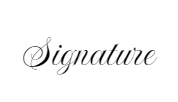
[Supervisor's Name], Equipment Supervisor
[Date]

[Manager's Name], Quality Assurance Manager
[Date]
- 100% Customizable, free editor
- Access 1 Million+ Templates, photo’s & graphics
- Download or share as a template
- Click and replace photos, graphics, text, backgrounds
- Resize, crop, AI write & more
- Access advanced editor
Ensure equipment maintenance and safety protocols are followed consistently with Template.net's Equipment SOP Template. Editable and customizable, it's your key to smooth operations, made even easier with our AI Editor Tool.




